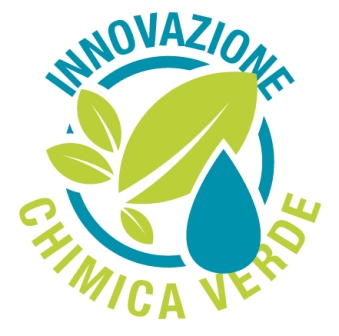Choosing the wrong solvent for cleaning and degreasing can cost a company a lot of money!
The problem of degreasing, surface preparation, contaminant removal, coating removal, is not solved only by choosing the most economical and good performing solvent, but we must also evaluate whether the solvent is safe to handle, storage and easily dispose of once exhausted; practically a 360° evaluation must be made.
Safety in handling and use affects the health surveillance of the operator (specific medical visits), while storage, especially of toxic/harmful or flammable products, affects any company insurance policy.
Disposal is more expensive if the solvent in question falls into the classification of hazardous waste.
Waste has hazardous characteristics if it is explosive, comburent, flammable, irritant, toxic, carcinogenic, corrosive, infectious, mutagenic, sensitizing, ecotoxic.
For Hazardous Chemical Waste, disposal costs can vary from €200 to €500 per ton, depending on the hazardousness and the applicable special regulations. For Non-Hazardous Chemical Waste, costs range between €100 and €200 per ton. A big difference if the company produces a lot of waste!
The question we often find ourselves facing when proposing alternative solvents to our customers or to those who contact us is: “I use low-cost generic solvents, so what’s the problem?”
- PROBLEMS AND RISKS
Common hydrocarbon solvents and chlorinated hydrocarbons are often toxic and not rinseable with water.
MEK, acetone, toluene and ethanol are highly flammable and toxic, and even organic solvents such as d-limonene, NMP, NEP are no longer considered “safe”.
The accumulation of vapors due to solvents with high VOC content leads to significant fire risks, as well as health risks, not to mention that many VOCs intervene in the balance of methane (CH4), prolonging its permanence in the atmosphere and thus contributing to the increase in the greenhouse effect (GWP).
Another problem is HCFCs, still present in some solvents. A certain number of HCFCs, carbon tetrachloride and trichloroethane are examples of substances that deplete the ozone layer (ODP).
Some chemical agents such as chlorinated solvents (substances or preparations) have medium or long-term carcinogenic, mutagenic or toxic effects on reproduction. They are therefore called CMR products.
- SOLUTIONS
There are no universal solvent solutions for all industrial applications and the low cost per litre of many solvents is extremely misleading and costs companies a lot of money, as the company itself is unable to estimate how much product it uses and how much it actually loses through evaporation. The focus should be on using the right chemistry for specific problems and focusing on all life cycle costs in order to reduce costs.
A simple example can be given:
The flash point of acetone is -20°C and it is dangerously flammable. For some cleaning applications, where a particularly dry surface and a rapid evaporation rate are required, we can propose acetone substitutes that have a controlled evaporation rate and a flash point of 29°C which eliminates the potential for destructive fires. From a life cycle cost perspective, 1 litre of this type of product, used for cleaning, is equivalent to approximately 5/6 litres of acetone. This significant difference is achieved thanks to a higher flash point and a much lower evaporation loss rate (lower vapour pressure than acetone).
In addition, lower evaporation loss means more efficient and faster cleaning because the operator does not have to constantly reapply the solvent. The reduction in OHS&E (means Occupational Health, Safety and Environment) costs further reduces the total life cycle cost of alternative solvents.
If a particularly rapid evaporation speed is not required, we can opt for non-flammable safety solvents, with a flash point above 60°C, or we can even propose enzymatic detergents, particularly effective on organic pollution from oils and fats.
Purmate has, in its catalog, several substitutes for dangerous, harmful, irritant or highly flammable CMR solvents. Using innovative and high-tech chemistry, we have specific formulations for washing parts, intensive degreasing of machinery and surfaces, removal of paints, coatings, resins, sealants, glues, oils, greases and lubricants.


